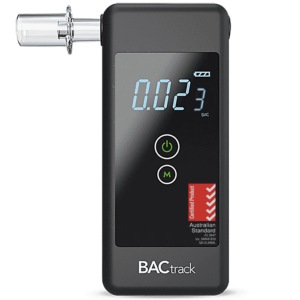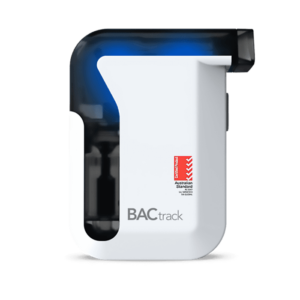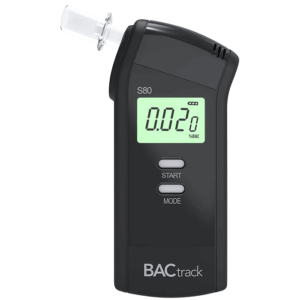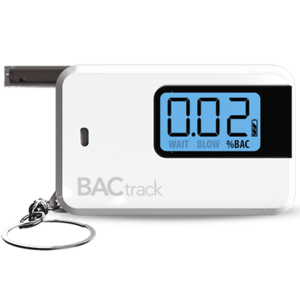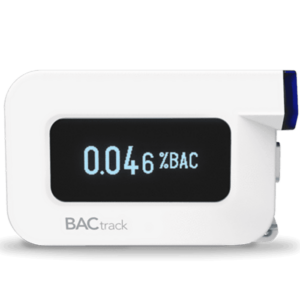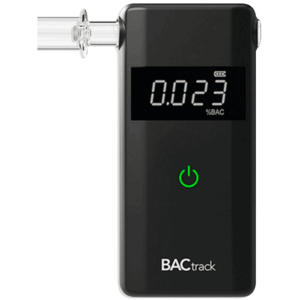Detection of Alcohol in Urine Test: The Need to Know
27 February, 2024

Excessive alcohol consumption or heavy drinking can lead to the detection of alcohol in urine tests. Urine alcohol tests are essential in workplace testing, probation monitoring, and legal cases. When an individual consumes alcohol, their body breaks it down into various byproducts, including ethanol and its metabolites. The body excretes them through urine. However, several factors affect the accuracy and reliability of the test. These include the amounts of alcohol a person drinks, metabolism, and hydration levels.
Lab technicians utilise different methods of testing for alcohol. These include hair tests, saliva screens, breath tests, and blood screens. These can effectively identify the presence of alcohol, but urine alcohol tests are the most widely used. It can determine the exposure to alcohol within a specific timeframe, usually up to 80 hours after consumption. For more information about alcohol urine testing, the article will present its importance, how alcohol metabolises in the body, and the factors influencing the detection.
Detection of Alcohol in Urine Test – Importance
The effects of alcohol, especially when due to heavy drinking, are harmful. Thus, the detection of alcohol in urine tests is crucial. Testing assesses the levels of alcohol consumption. This information is valuable in knowing if an individual has been drinking excessively and may be struggling with alcohol abuse or addiction. Subsequently, relevant professionals can determine the appropriate action, such as treatment or interventions.
In legal and forensic contexts, alcohol urine tests serve as a crucial tool for monitoring individuals who are required to abstain from alcohol. It can provide objective evidence of compliance and help prevent alcohol-related offences or accidents. In the workplace, testing for alcohol in urine is essential for promoting a safe and productive environment by identifying employees who may have alcohol impairment.
In addition, alcohol screening through urine samples can aid medical providers in clinical settings to evaluate Alcohol Use Disorder (AUD) and guide personalised treatment plans. The importance of urine alcohol testing services extends to public safety and public health efforts. By identifying people with excessive alcohol consumption, this test can contribute to early intervention and prevention strategies.
Advantages of Urine Testing
- Unlike blood tests, collecting a urine test is easy. The procedure does not require a medical professional.
- Alcohol urine testing is relatively non-invasive. It only requires a urine sample, making it more comfortable for the patient.
- The urine test is versatile. It can help detect conditions such as diabetes and kidney disease. Moreover, healthcare professionals can utilise it to identify the presence of illegal drugs in the body.
- Some testing methods, like hair follicle tests, can be expensive due to specialised equipment. In contrast, people can perform urine testing in various settings, making it more affordable and accessible to a larger population.
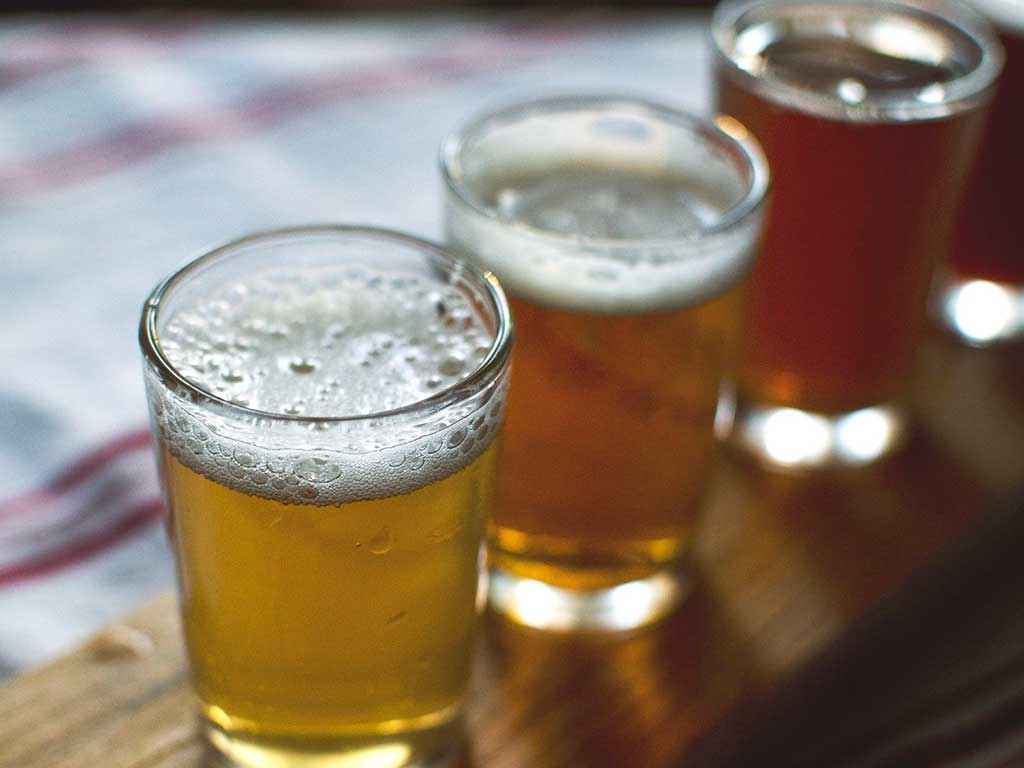
Detection of Alcohol in Urine Test – How Does Alcohol Metabolise in the Body?
The detection of alcohol in urine tests happens when a person consumes alcoholic beverages. Then, the body metabolises the drink. After alcohol intake, the beverage is quickly absorbed into the bloodstream through the stomach and small intestine. Then, the body metabolises it through a process involving enzymes in the liver. This process can be detected through the presence of some metabolites in the urine, like Ethyl Glucuronide (EtG) and Ethyl Sulphate (EtS).
Once alcohol enters the body, it undergoes a two-step process of metabolism. First, an enzyme called alcohol dehydrogenase breaks down alcohol into acetaldehyde, a toxic substance. Then, the enzyme aldehyde dehydrogenase further metabolises acetaldehyde into acetic acid. This occurs mainly in the liver.
Various factors can affect alcohol metabolising in the body. Understanding the process of alcohol metabolism and detection in urine tests is crucial for accurately assessing the alcohol consumption of an individual. In addition, this helps determine its potential impact on the health and well-being of people.
Presence of EtG and EtS
EtG and EtS are metabolites that indicate recent alcohol consumption. Healthcare professionals can detect ethyl glucuronide in urine for up to 80 hours after drinking. Meanwhile, they can find ethyl sulphate for up to 24 hours. These specific markers of recent alcohol consumption are beneficial in monitoring alcohol use in legal cases and probation.
The presence of EtG and EtS in urine provides a more accurate and lengthier detection period for alcohol use than traditional alcohol testing methods, such as breath alcohol tests. This makes them valuable tools for assessing abstinence and relapse in individuals undergoing alcohol treatment and identifying those with heavy drinking behaviours.

Factors that Can Affect the Detection of Alcohol in Urine Test
Factors that can affect the detection of alcohol in urine tests can vary. The first significant element is the amount of alcohol a person consumes. Heavy drinking can lead to higher levels of alcohol in the urine, making it easier to identify and produce a positive result. Additionally, the metabolism plays a crucial role. Those with faster metabolism rates may eliminate alcohol more quickly, leading to lower alcohol levels.
Another factor to consider is hydration levels. Dehydration can concentrate alcohol in the urine. Thus, it is easier to detect even lower levels of alcohol consumption. On the other hand, being well-hydrated can dilute the alcohol in the urine, making it harder to detect. It is essential for individuals undergoing a urine test to maintain proper hydration levels to ensure accurate results.
Furthermore, the collection process can impact the test. If there are any errors in handling or storing the sample, it could lead to inaccurate results. It is crucial for technicians administering the test to follow proper protocols to ensure the integrity of specimens. Similarly, contaminants can interfere with the test outcomes, leading to false positives or negatives.
Detection Window
The detection window for urine alcohol testing typically ranges from 12 to 48 hours or around one to two days after consumption. This means that professionals can identify alcohol in urine during this time frame. An extended period may be possible in chronic heavy drinkers.
Alcohol metabolites, EtG and EtS, can also be detected in urine for an extended period of time after consumption. Therefore, these are valuable markers for detecting recent alcohol use. However, the detection window may vary depending on the body weight, age, and overall health. Additionally, the accuracy and sensitivity of the testing method may also impact the detection window.
Conclusion
The detection of alcohol in urine tests is essential. It helps determine whether an individual has consumed alcohol and if they may be under the influence while driving, preventing accidents. Also, the test is more advantageous over other methods, like breath and blood tests, because it has a longer detection window. This is beneficial in identifying alcohol abuse. The body metabolises alcohol by breaking it down into substances such as ethanol, acetaldehyde, and acetate, which are detectable in urine.
Factors such as hydration levels, metabolism rate, and the amount of alcohol can affect the identification of alcohol in urine testing. Furthermore, the handling of specimens can impact the outcome. Healthcare professionals, employers, and other relevant individuals must consider these factors when interpreting test results to ensure accuracy and fair outcomes. With this knowledge, people and organisations can take appropriate action to address alcohol consumption and its potential impact on safety and health.


















